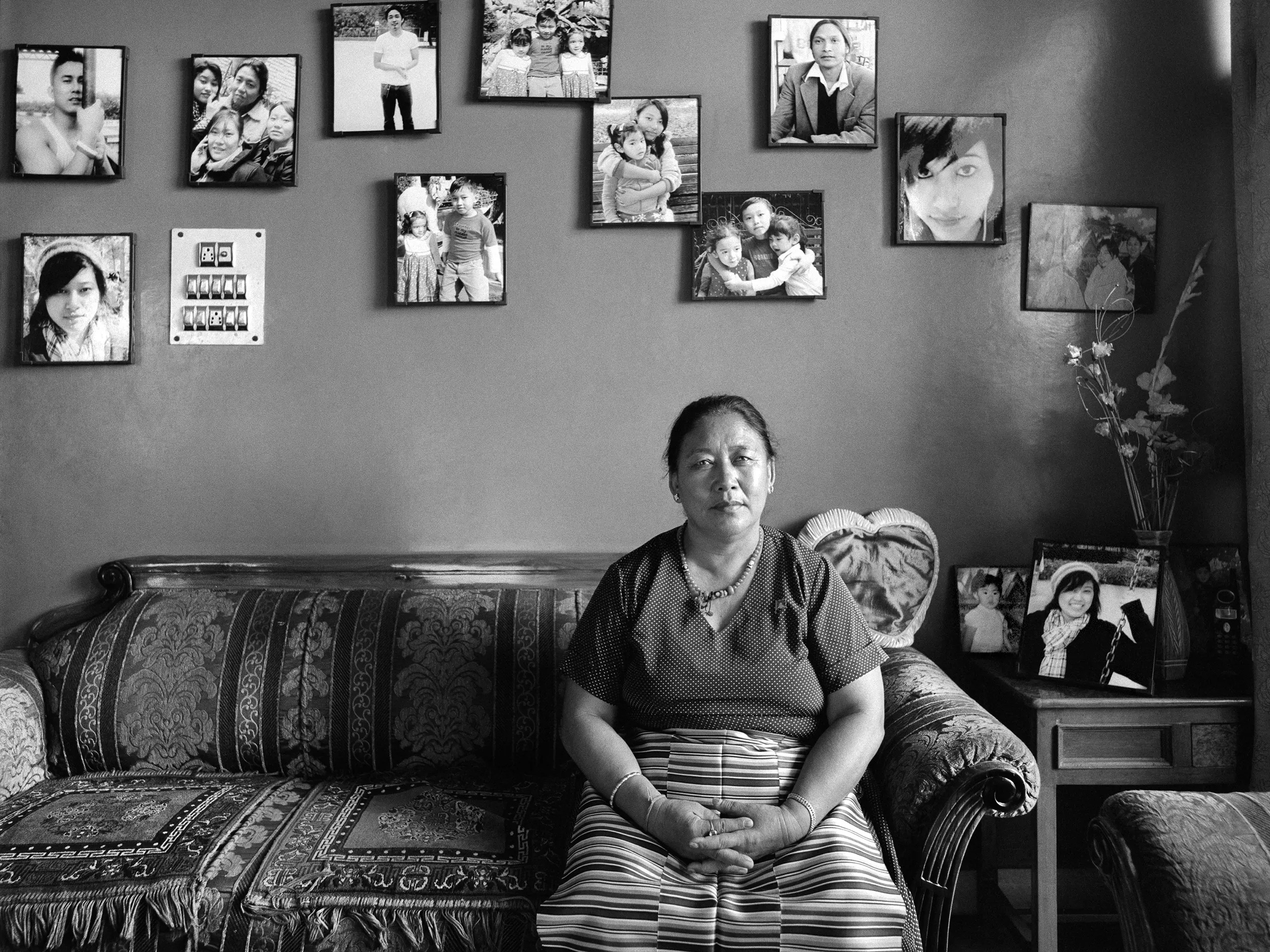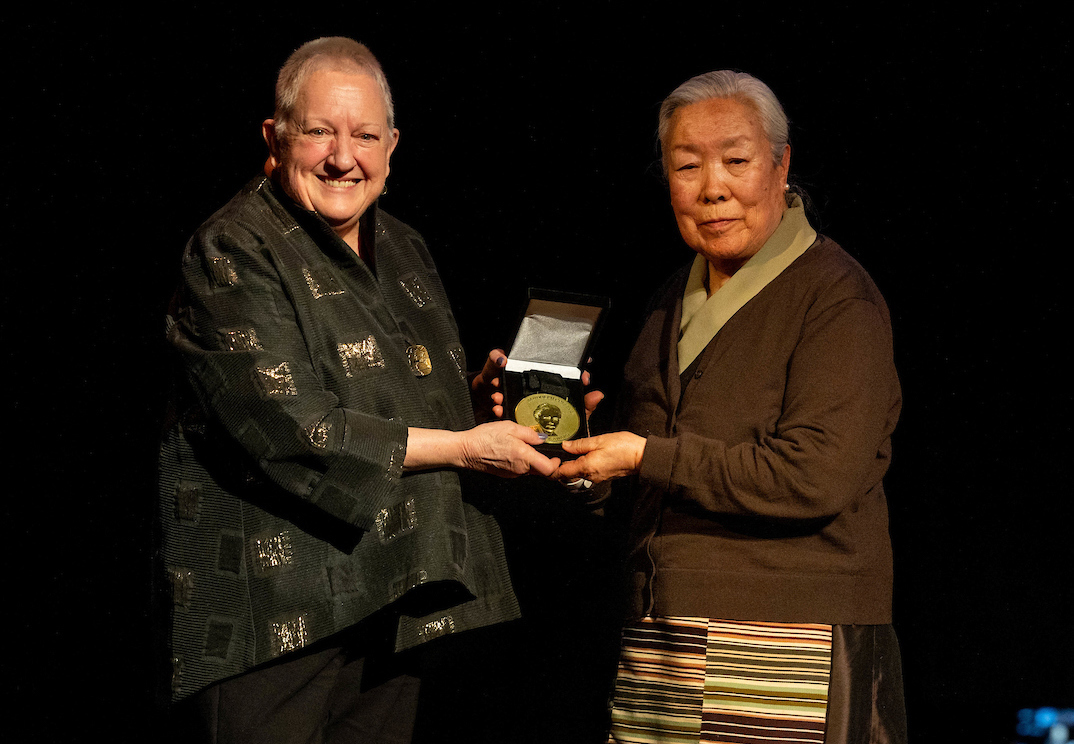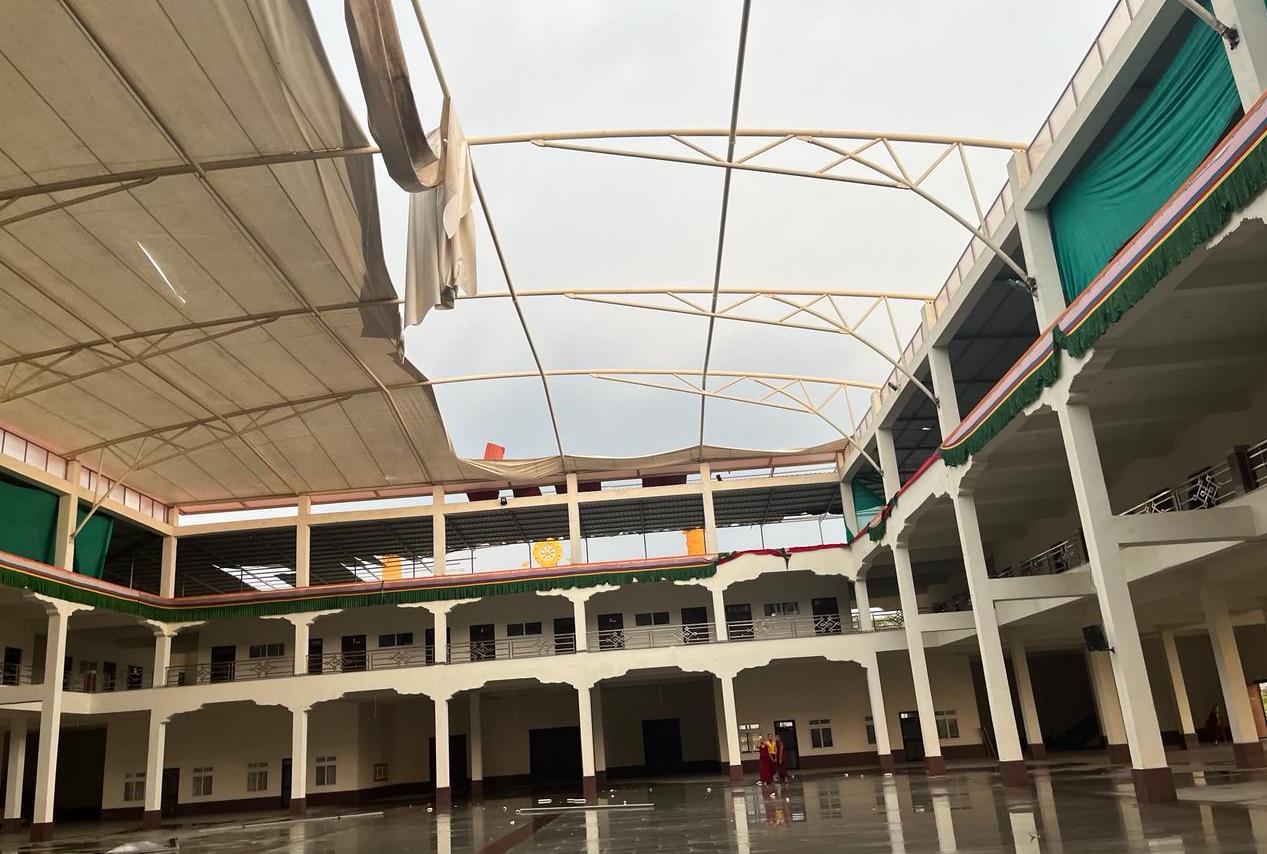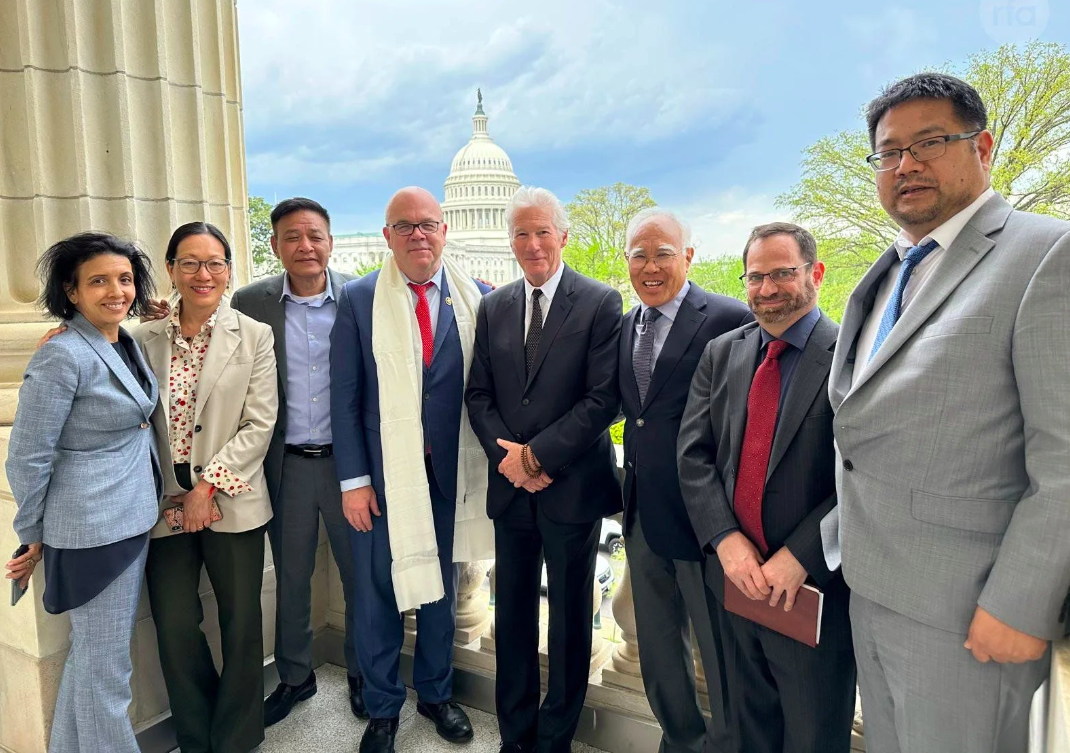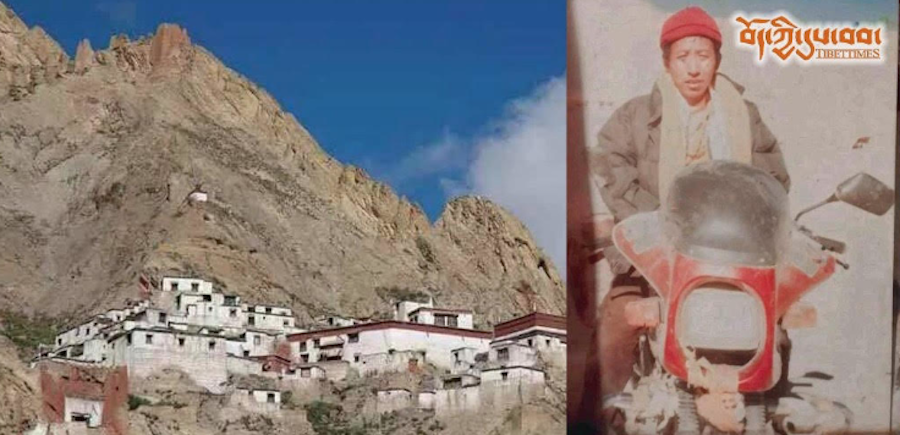By Choekyi Lhamo
DHARAMSHALA, Aug 11: New Delhi-based photographer Serena Chopra launched a photobook ‘Majnu Ka Tilla Diaries’ last week in which she compiled Tibetan stories from 2007 to 2015 in the flourishing commercial hub known to Tibetans as MT. The photographer told Phayul why it is an important book to assemble, “Though these stories of upheaval and suffering on account of a geographical displacement are about the Tibetan community in India, they also reflect the issues of displacement and loss of identity at a very global level.”
The diary entries in the book are testimonies of exiled Tibetans defining their unique experiences of displacement and the costs of living in a foreign land, which has become their home. One of the entries from 2010 by Tenzin Nangsyal notes her loss of Tibetan ‘tongue’ in contrast to her fluency in other Indian languages, “My impeccable Hindi shocks people/ My gentle Punjabi invites appreciative smiles/ My attempts at Bengali receives nods of approval/ Only I notice Tibetan leaving my tongue.”
The photobook attempts to capture the lives of the Tibetan colony’s residents in black and white colour, which has both images and diary texts in a book form. “The photo exhibitions I have had in the past limited viewing the diary pages to three open pages, as these three diaries needed to be safely encased and viewed in a vitrine. I consider the hand-written diaries by the Tibetan residents of Majnu ka Tilla, to be the core of this body of work,” Chopra said while explaining how the particular form accentuated the meaning behind her work.
During the launch on Thursday in Delhi, Chopra recounted meeting one of the individuals from the book at MT’s famous Ama café, “It was truly touching to meet Dolkar La who I had photographed in 2009. She is now 99 years old, and I had the good fortune to visit her at her home, along with her family, before they shift their residence to Dehradun.”
When asked whether the environment or the lives of Tibetans had changed now that the colony has become an economic hub, Chopra recounted her experience coming to the community in July, “I revisited Majnu ka Tilla after a gap of more than 6 years. I was struck by the modernisation of multiple cafés and retail shops interspersed by the street -side stalls selling every kind of knick-knack possible. . . In comparison to the past, I saw very few foreign back-packers. The alleyways were still dark and messy. However the mood was one of transformation and change.”
According to the research paper titled ‘From Refuge to Rights: Majnu ka Tilla Tibetan Colony in New Delhi’ by Madhura Balasubramaniam, the Tibetan colony came into existence in 1963 under the orders of the Ministry of External Affairs to accommodate Tibetans fleeing from the erstwhile North East Frontier Agency to Delhi during Indo-China war. “More than half a century of a resilient struggle of the Tibetan diaspora to thrive through creating cultural coherence in a foreign land has been noteworthy,” she wrote, however, noting that the realities of newer generations and their ideas of identity and security have indeed evolved over the past decades.


